Hops Plant Types: How Many Hops Varieties Are There
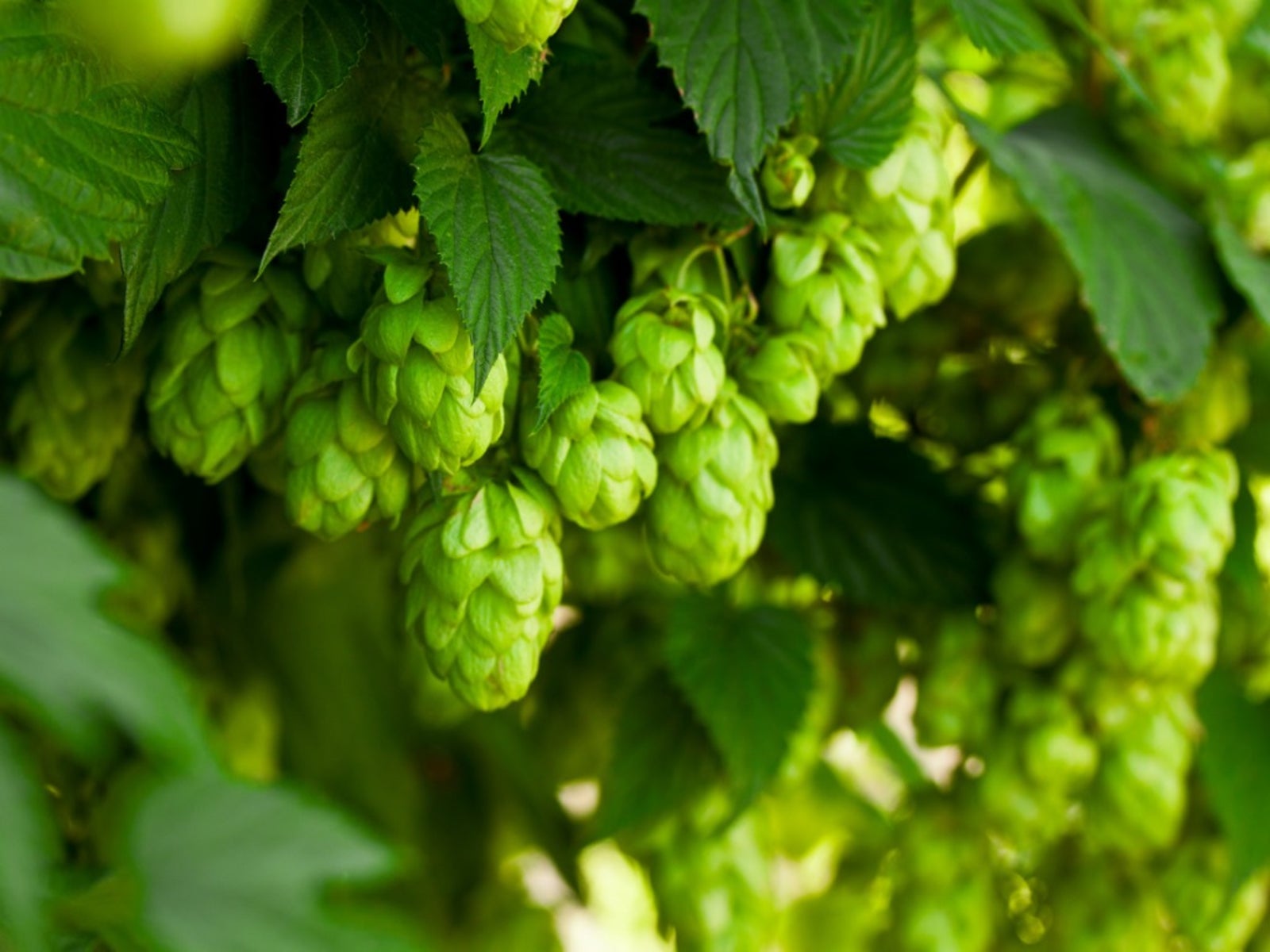

Beer is officially made up of four ingredients: water, yeast, malted grain, and hops. Hops are the cone-shaped flowers of the female hops plant, and they are used to preserve the beer, clear it, help retain its head and, of course, gives it its classic bitter flavor. If you brew your own beer and you’re looking to get more involved in the process, growing your own hops is a great place to start. But how do you know which types of hops plants to grow? Keep reading to learn more about hops varieties and their uses.
Hops Plant Types
How many hops varieties are there? That’s a tough question to answer, because there are so many. There are about 80 different hops plant types commercially available today, but that number is not hard and fast. Beer brewing is a complex business, and new varieties are constantly being bred and developed. Even 80 is an awfully high number if you’re looking to choose a single variety to grow. Luckily, there are some easy ways to narrow your selection down. Hops can be split into three main categories: bittering, aroma, and dual.
- Bittering hops tend to have a high amount of acid in them and impart that recognizable bitter flavor onto the beer.
- Aroma hops have less acid but a more pronounced flavor and aroma, and are used to make the beer taste and smell a specific way. Most beer recipes call for both kinds of hops.
- Dual hops tend to have a mid-range to high amount of acid and a good smell and aroma, and can be used for both aroma and bittering. If you want to brew a beer with just your homegrown hops, one of these dual hops plant types is a good choice.
Best Types Of Hops Plants
The best hops varieties for doing double duty for both bittering and aroma have a nice strong scent and a mid-range to high Alpha Acid percentage (usually between 5% and 15%). If you’d like to be able to follow recipes when using your hops, it’s also a good idea to pick common hops plant types that are popular in recipes and well documented. A few good, popular, dual types of hops plants are Chinook, Centennial, and Cluster.
Gardening tips, videos, info and more delivered right to your inbox!
Sign up for the Gardening Know How newsletter today and receive a free copy of our e-book "How to Grow Delicious Tomatoes".

The only child of a horticulturist and an English teacher, Liz Baessler was destined to become a gardening editor. She has been with Gardening Know how since 2015, and a Senior Editor since 2020. She holds a BA in English from Brandeis University and an MA in English from the University of Geneva, Switzerland. After years of gardening in containers and community garden plots, she finally has a backyard of her own, which she is systematically filling with vegetables and flowers.
-
 Looking For Plants To Give You The Soft And Fuzzies? Try These 5 Fuzzy Leaf Plant Options
Looking For Plants To Give You The Soft And Fuzzies? Try These 5 Fuzzy Leaf Plant OptionsLovers of texture, drama, silver foliage and tactile plants will adore these special sensory garden additions. These fuzzy leaf plant options will leave you all aglow
By Susan Albert
-
 Get Ready For A Summer Of Hummers! Grow These Full Sun Hummingbird Plants and Flowers
Get Ready For A Summer Of Hummers! Grow These Full Sun Hummingbird Plants and FlowersIf you’re lucky enough to enjoy a sunny backyard, make sure you are maxing out on your pollinator opportunities and grow these full sun hummingbird plants and flowers
By Tonya Barnett
-
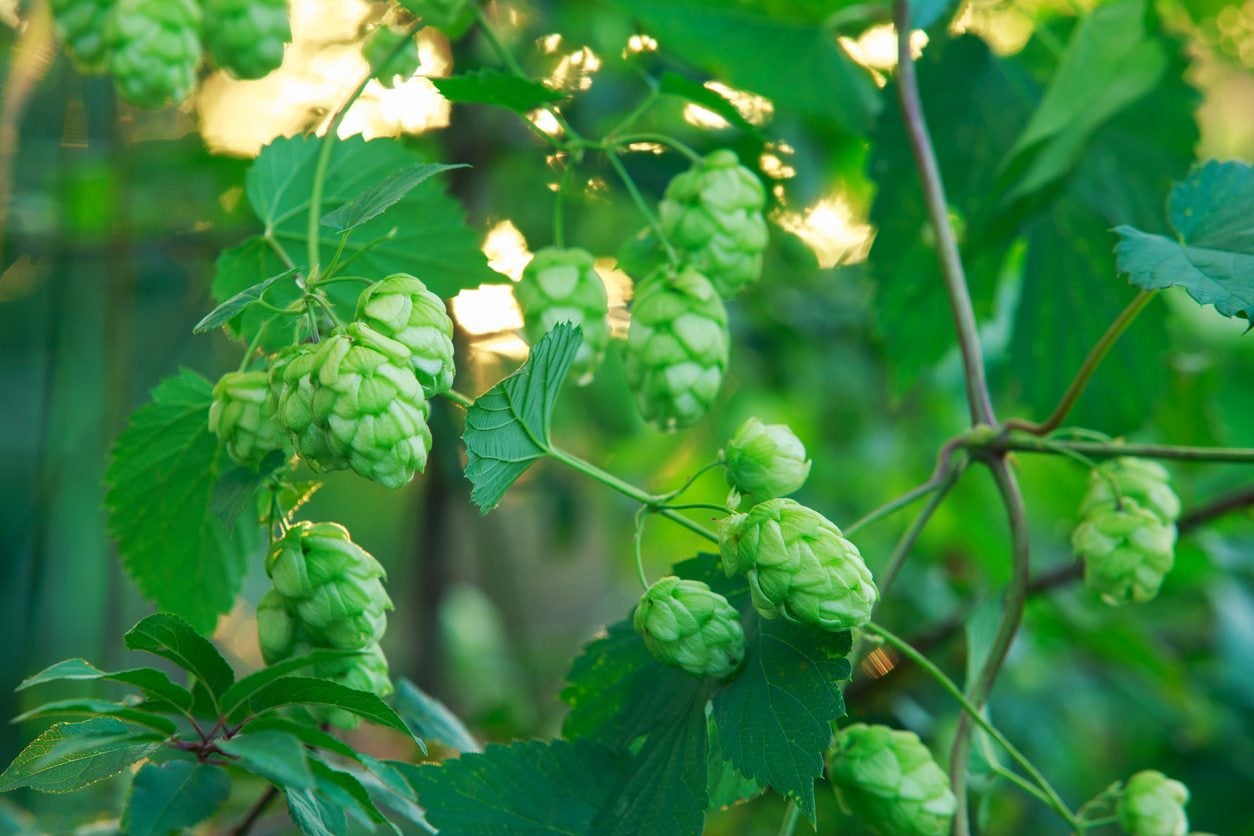 Hops Plant Pruning: When And How To Prune A Hops Plant
Hops Plant Pruning: When And How To Prune A Hops PlantIf you're a home brewer, there's nothing more satisfying than growing your own hops. But hops are long, fast growing vines that require some strategic pruning to get the most out of them. Learn more about how to prune a hops plant in this article.
By Liz Baessler
-
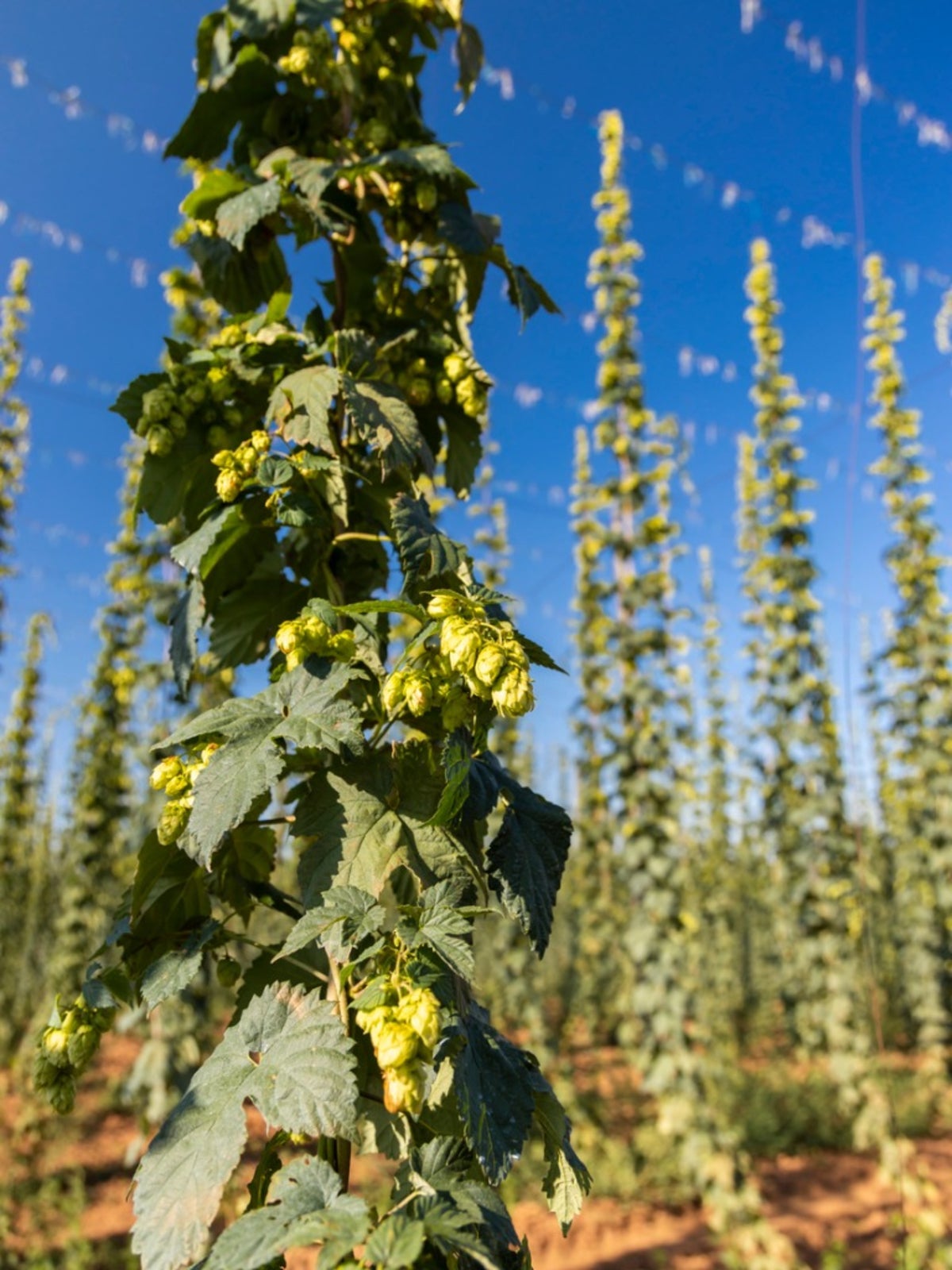 Hops Companion Plants: Learn What To Plant With Hops In Gardens
Hops Companion Plants: Learn What To Plant With Hops In GardensCompanion planting with hops can enhance crop growth and provide a decoy for pesky critters. That said, hop vines are aggressive growers so companion plants need to be considered carefully. This article can help with that.
By Bonnie L. Grant
-
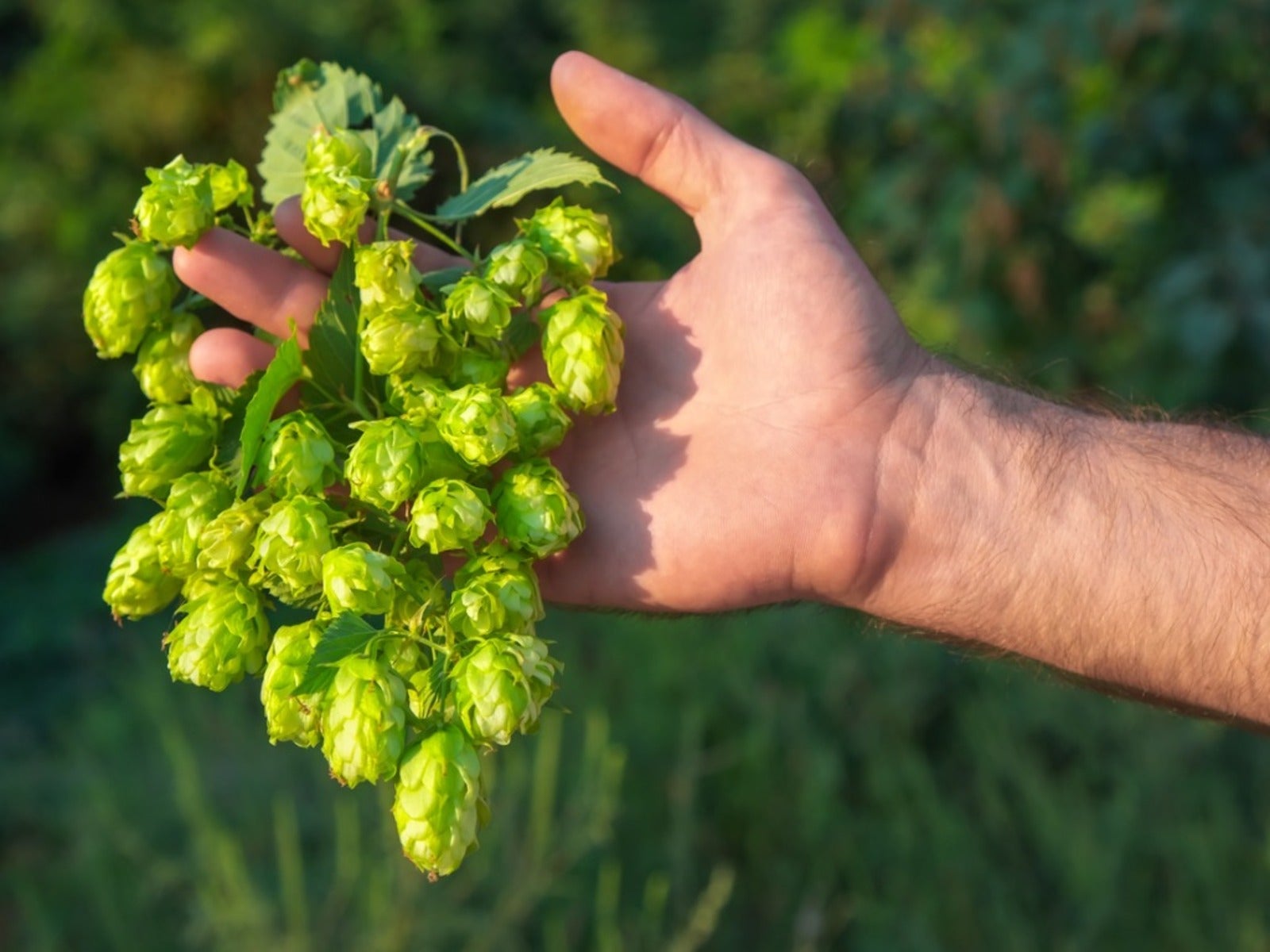 Harvesting Hops Plants: When Is Hops Harvest Season
Harvesting Hops Plants: When Is Hops Harvest SeasonAre you a home brewer? If you have some extra space in your garden, consider growing your own hops to make your beer even more personal.
By Liz Baessler
-
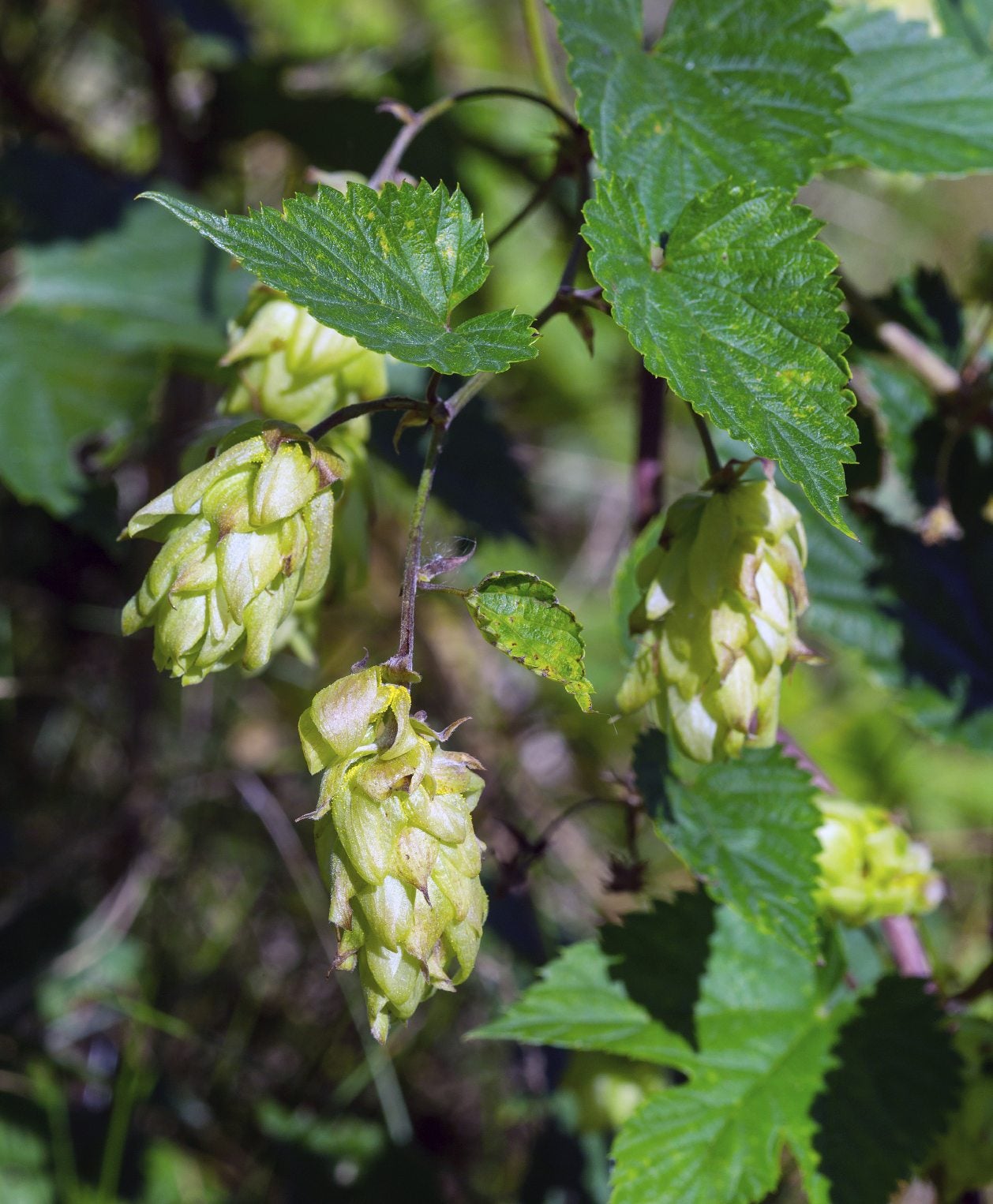 Hops Plant Fertilizer: How And When To Feed Hops Plants
Hops Plant Fertilizer: How And When To Feed Hops PlantsHops can grow up to a whopping 30 feet (9 m.) in a year! To attain this amazing size, it isn't any wonder that they like to be fed every so often. What are hops fertilizer requirements? The following article contains a sort of hops fertilizer guide to help.
By Amy Grant
-
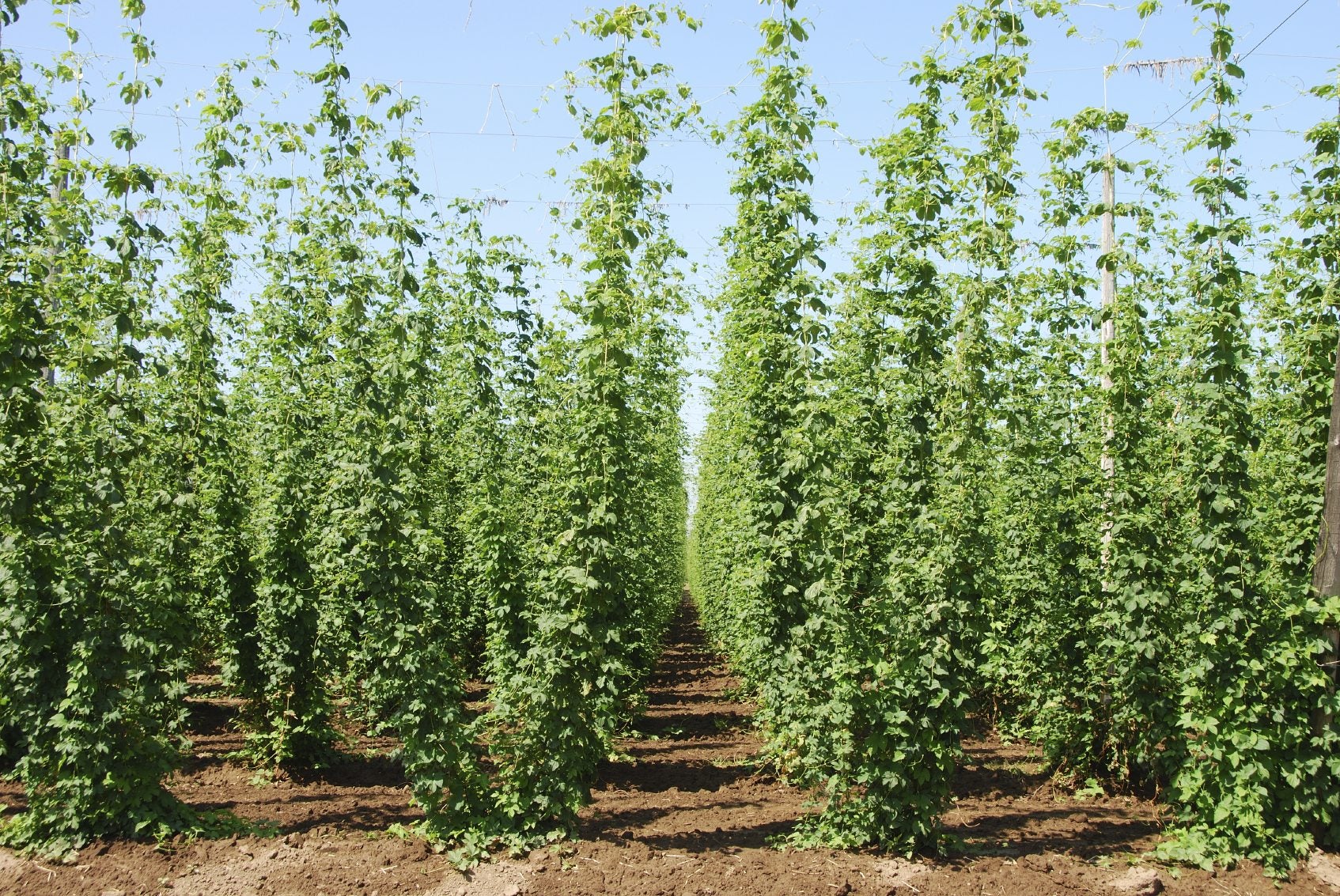 Hops Spacing Requirements – Tips On Plant Spacing For Hops
Hops Spacing Requirements – Tips On Plant Spacing For HopsMost people know that hops are used to make beer, but did you know that the hop plant is a fast-climbing vine? If you decide to grow hops, give a thought to hops plant spacing. This article has more information on spacing requirements for hops.
By Teo Spengler
-
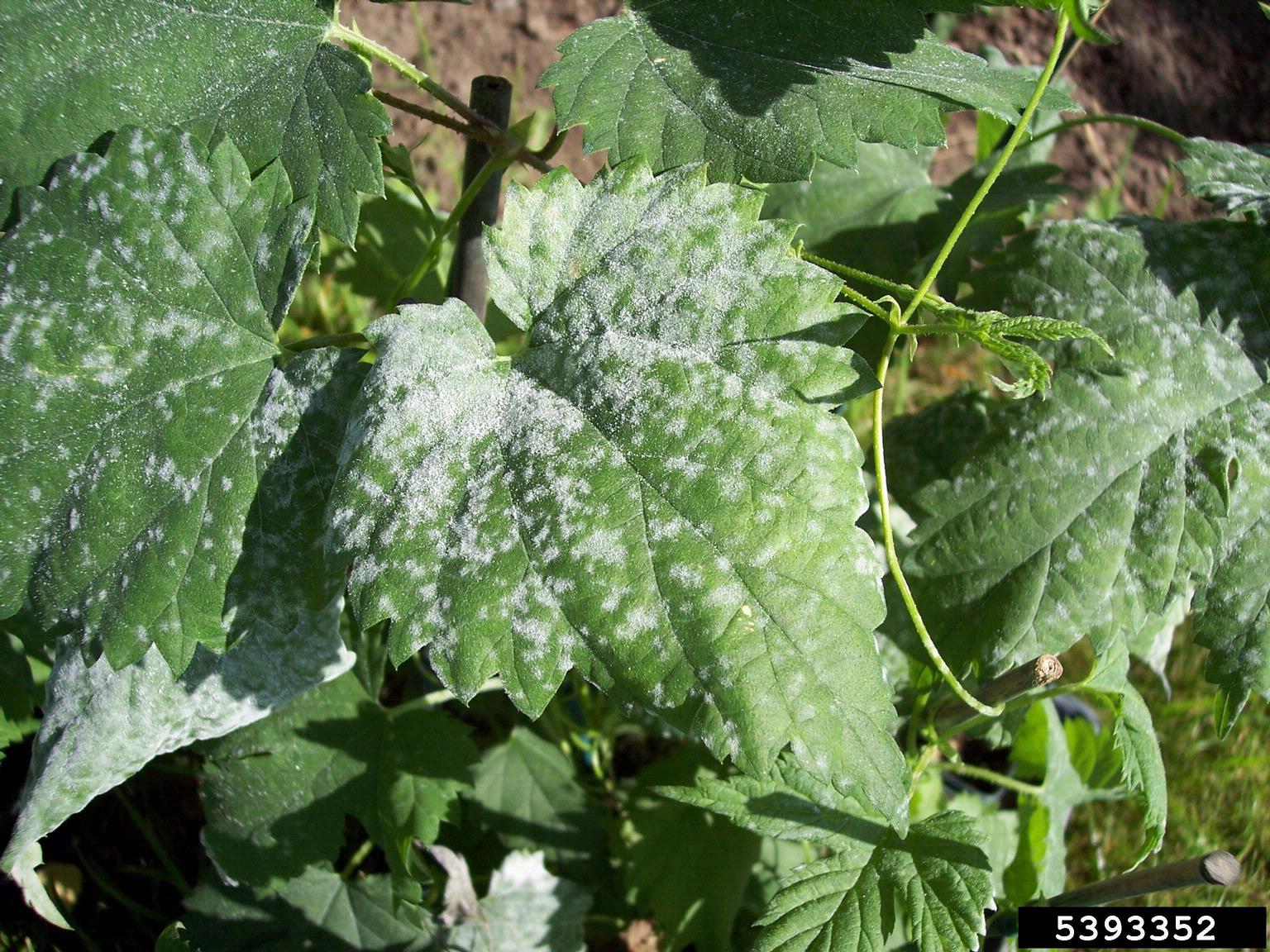 Hops Plant Diseases: Treating Diseases Affecting Hops Plants In Gardens
Hops Plant Diseases: Treating Diseases Affecting Hops Plants In GardensAs prolific as hops can be, the plant may still be afflicted with hops plant diseases. For a fruitful crop, it's important to learn about diseases affecting hops in order to treat hops plant problems ASAP. This article should help with that.
By Amy Grant
-
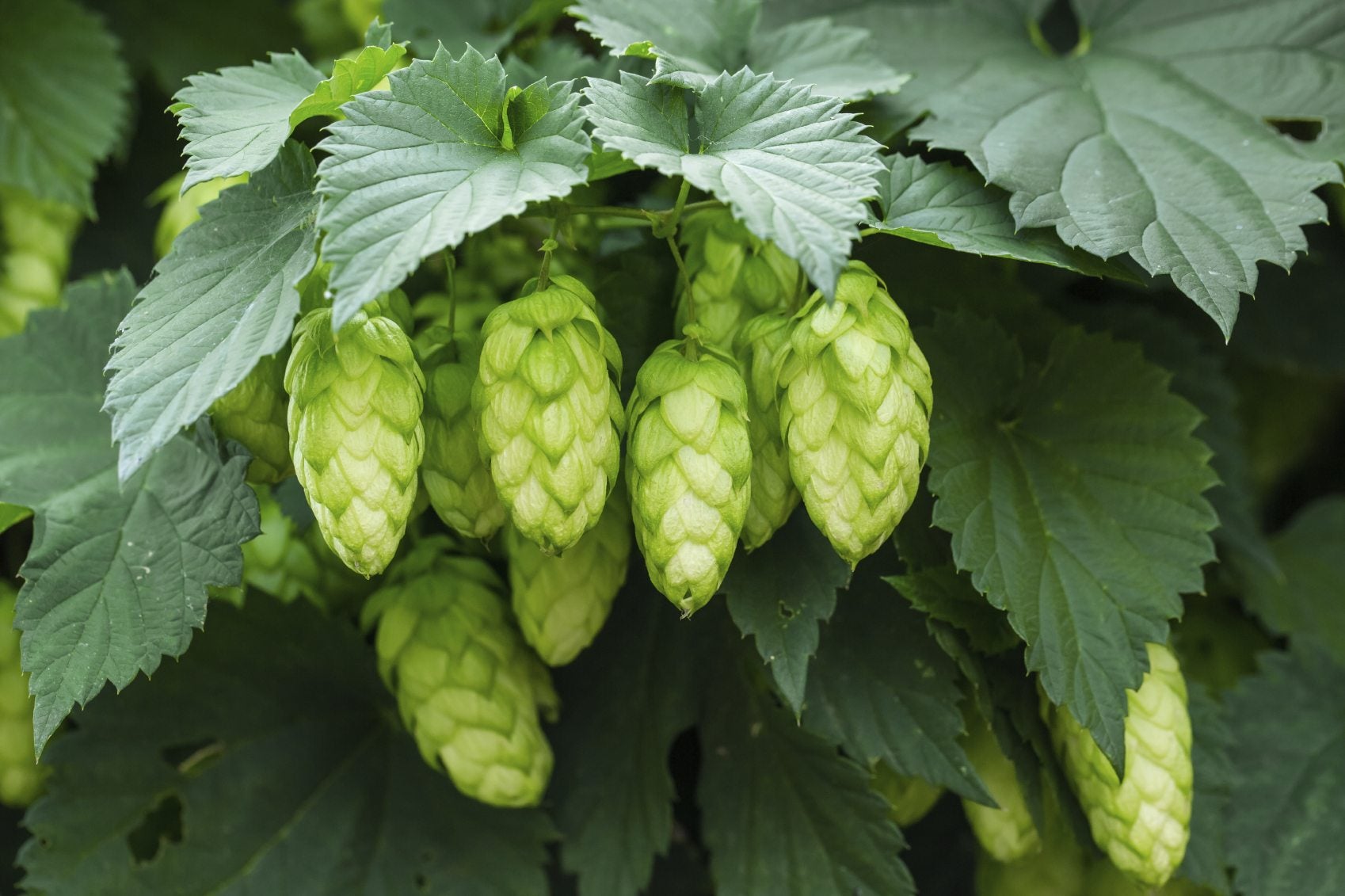 Reasons For No Cones On Hops: How To Get Cones On Hops Plants
Reasons For No Cones On Hops: How To Get Cones On Hops PlantsHops with no cones may be due to the time of the year, cultivation practices, or the age of the vines. Professional growers know how to get cones on hops plants and you can too with a little advice and some tips from the trade. This article will help.
By Bonnie L. Grant
-
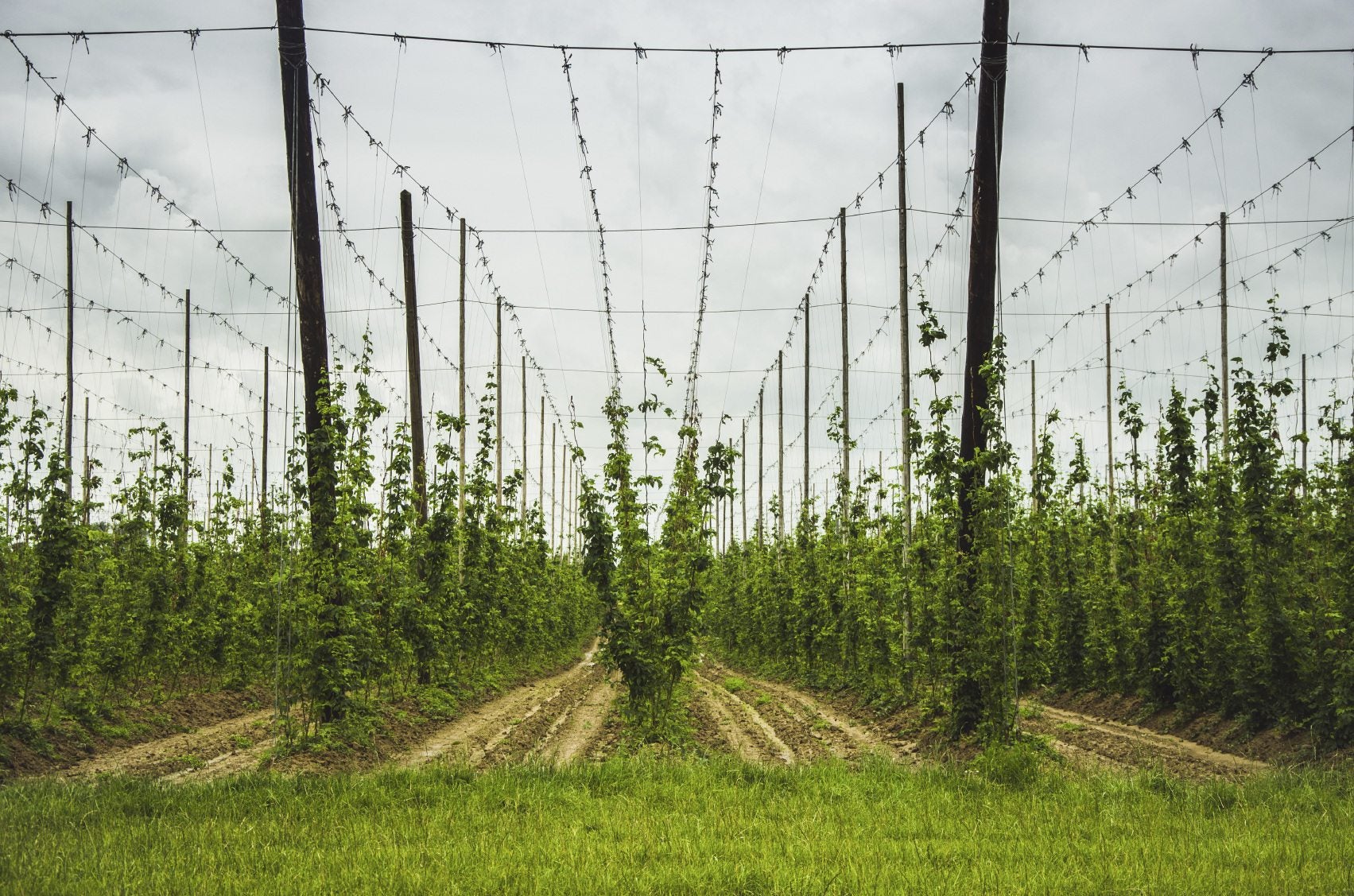 Support For Hops Vines: Learn About Hops Plant Support
Support For Hops Vines: Learn About Hops Plant SupportHops can grow up to 12 inches (30.5 cm.) a day. These rampant climbers need a sturdy trellis of appropriate height to accommodate their size. The following article contains information on the best support for hops plants and building a trellis for hops.
By Amy Grant